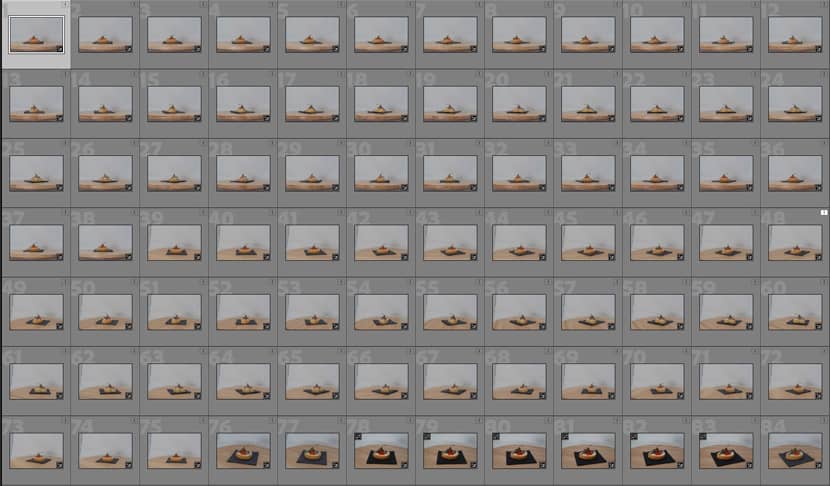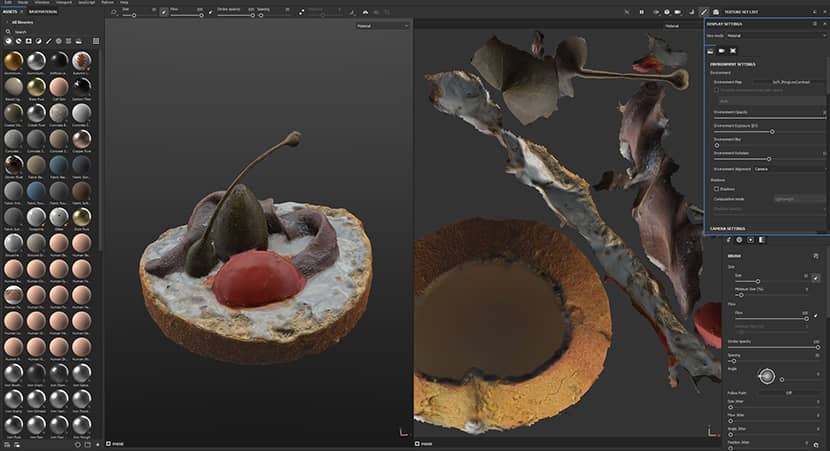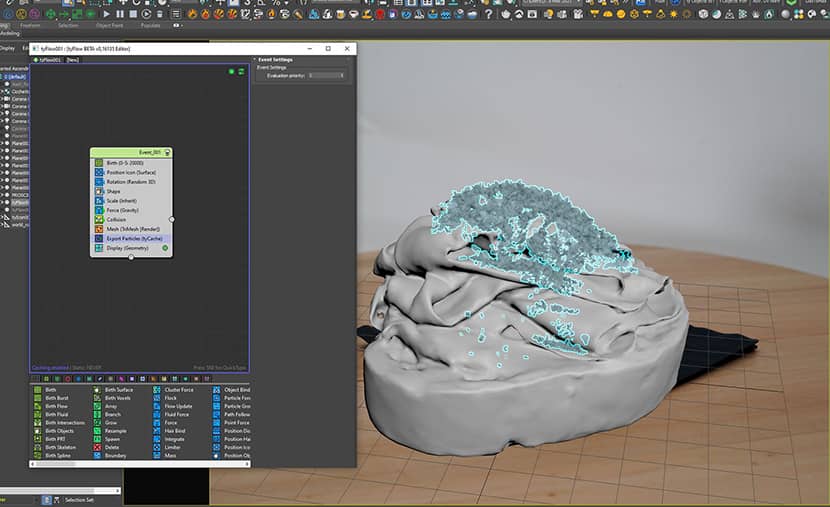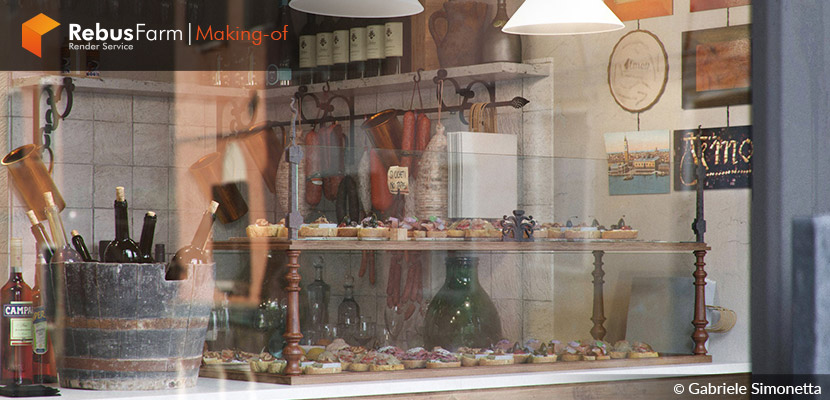
This article delves into the creation of a stunning architectural visualization for the Venetian Bacaro project. Buckle up for a journey into 3D scanning technology, where real-world elements were meticulously captured and transformed into digital assets to breathe life into this captivating Venetian space. Enjoy it!
About Me.
Hello everyone,
I'm Gabriele Simonetta, an architect and 3D artist. I'd like to thank Rebus Render Farm and VWArtclub for allowing me to showcase my work for the second time, almost one year after "Summer Memories".
Software Used.
The software I used is 3ds Max, Corona Render 10, and 3DF Zephyr for Photogrammetry, Zbrush for sculpting, and Substance Painter and Photoshop for Texture and Post-production.
About The Project.
My project was inspired by the theme of a practice exercise in which the students at the Digital Architecture Master Course (MADI) in Venice – where I teach digital photo modeling – were challenged to digitalize the true star of the Venetian aperitivo: a bite-sized appetizer called "zucchetto."
The students would need to scan the subject, create a 3D model and relevant materials, and finally tell a story of a Venetian aperitivo, a daily ritual for any student in Venice.
The challenge was sponsored by 3DFlow, which provided the participants with the photogrammetry software 3DF Zephyr.

Reference.
Today’s project tells where all cicchetti comes to life: in a “bacaro,” a typical Venetian tavern, and a meeting point for aperitivo. The setting that inspired this image is the bacaro Al Timon, in the traditional area of Cannareggio in Venice.
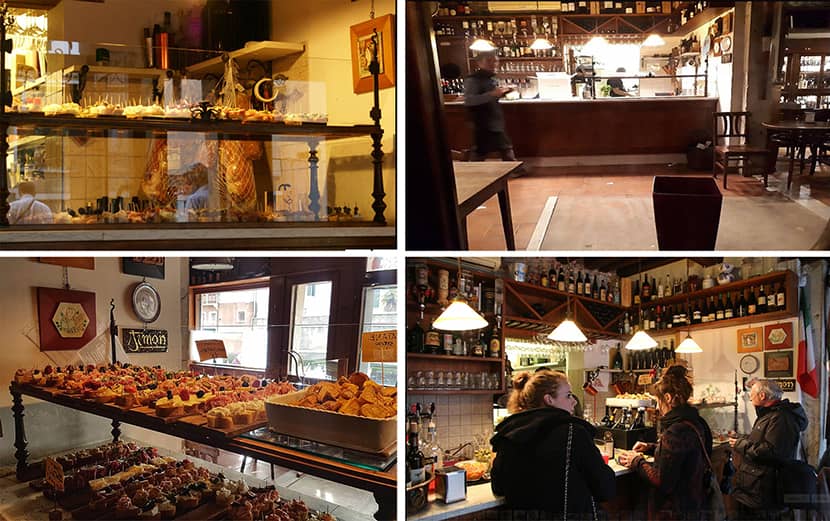
Modeling.
The location modeling was focused on the wooden counter, where the cicchetti is displayed for sale, and on the definition of the marquetry and wrought-iron details.
Subsequently, the scene was enhanced by adding secondary elements such as bottles of wine, glasses, salami, and other characteristic elements in any Venetian bacaro.


Scan Assets.
The true protagonist of this project is the cicchetto: a bite-sized slice of bread with traditional meat or seafood toppings. Each cicchetto was scanned with photogrammetry techniques and later imported and modeled with 3DF Zephyr photogrammetry software. The mesh was then polished with Zbrush, while the materials were carved with Substance Painter.
The real challenge of this work was, in fact, creating the materials of the appetizers, as each mesh was made up of several separate products, all with different textures and features. Using stratified materials managed with masks proved necessary, which allowed me to work on the characteristics of each component independently.
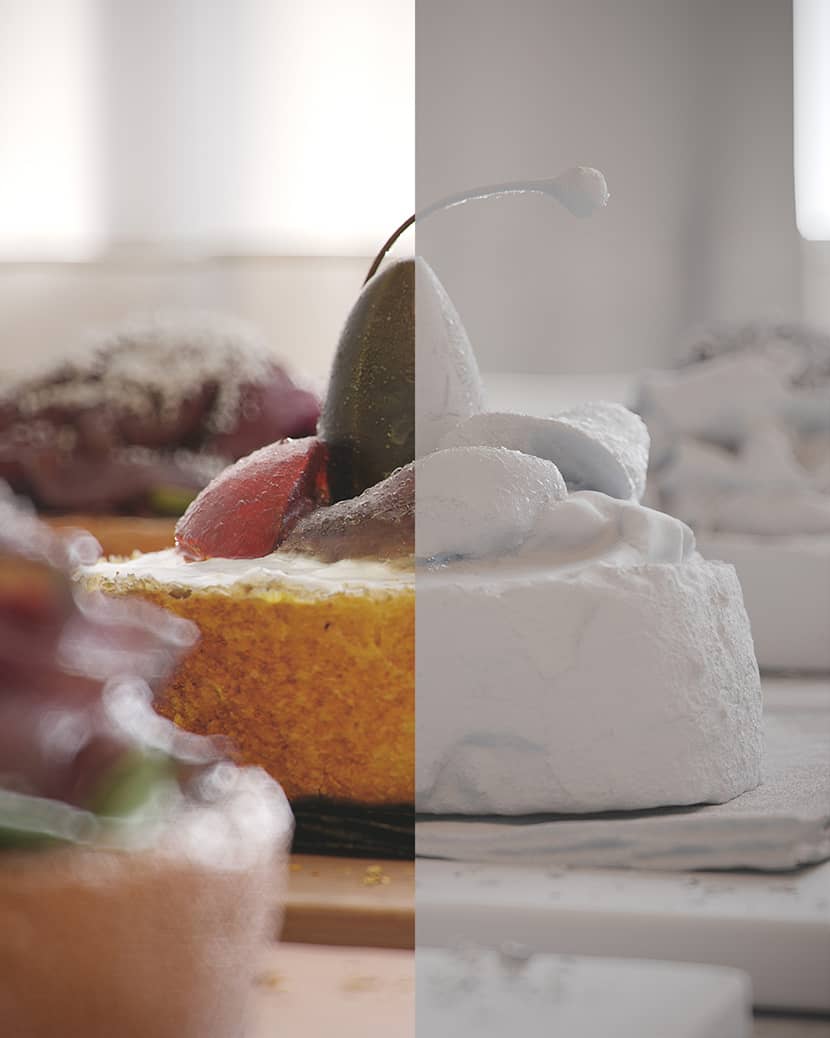
I equalized the images in Adobe Lightroom and then started the photogrammetry computation in 3DF Zephyr, which resulted in acquiring a sparse point cloud, then a dense point cloud, and finally a textured mesh.

The mesh resulting from the scanning process was then imported into Zbrush for the next step, which consisted of polishing and optimizing the mesh and creating UV coordinates.
The model was then imported into Substance Painter for the texturing phase, which, as previously mentioned, was particularly complex in this project. In addition to creating the classic shaders, it was necessary to build several masks, allowing me to manage each element independently.

The Materials Of A Cicchetto.
Diving deeper into the complex phase of material creation, the cicchetto with anchovies, for instance, had five different materials to model: bread, cheese spread, tomato, anchovies, and capers.
Each ingredient has different material properties: roughness, height, transparency, and normal.
Managing each material separately thus required creating a layer of material and the aforementioned masks.


The Detail Of A Cicchetto.
Once the model and materials of each cicchetto had been created, it was time to work on the details. We'll take the cicchetto with ham as an example. The Parmesan cheese on top of the appetizer during the scanning phase was removed from the model, and the cheese shavings were completely recreated through a Tyflow simulation.
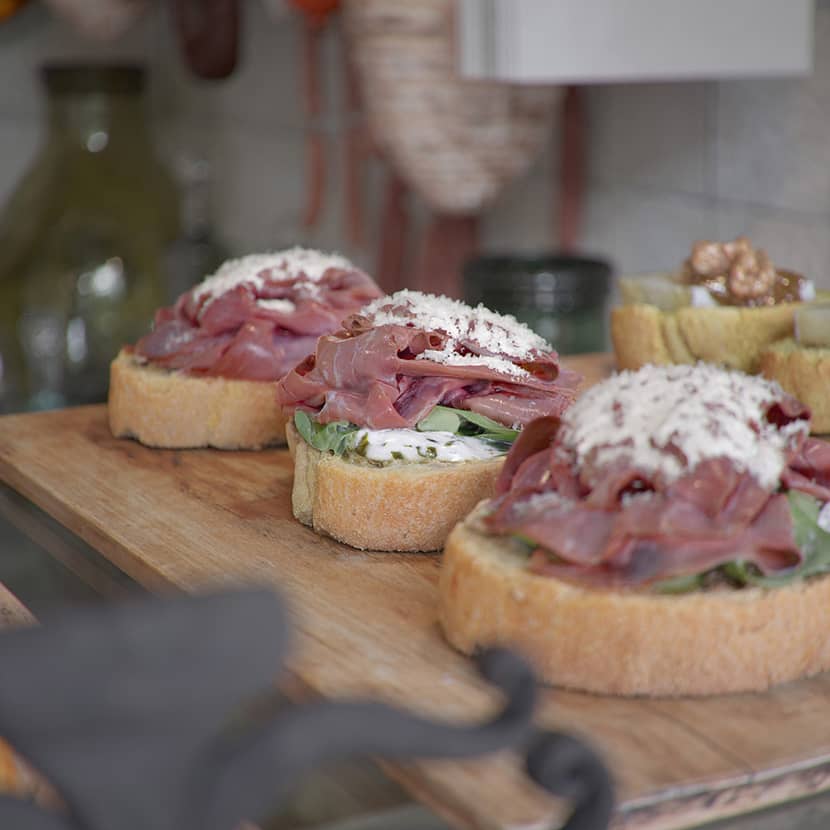
Atmosphere & Composition.
For this project, I intentionally opted for an atmosphere that reminds me of a tourist's viewpoint, such as that of amateur photos you may find on Tripadvisor or Google. My goal was to recreate the everyday atmosphere of this old-style osteria as seen by a visitor for the first time, with its warm lights and vintage furniture.
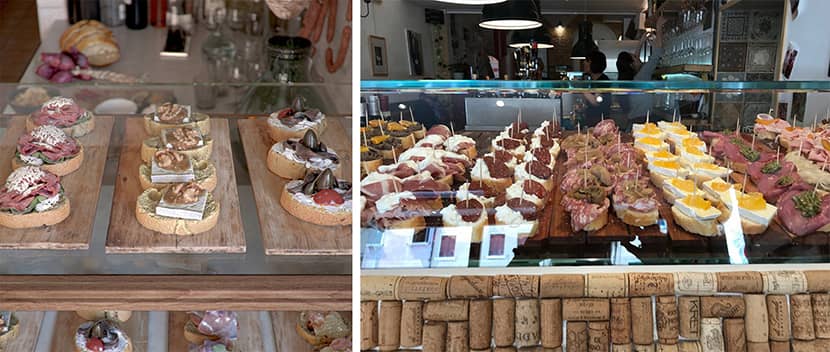
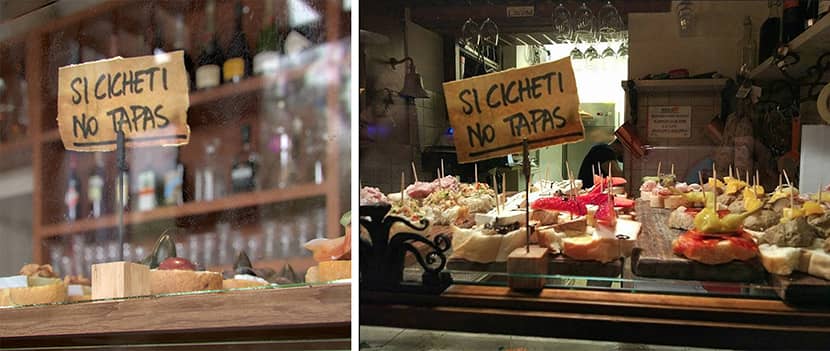
To recreate a typical Venetian mood, I used an HDRI by Peter Guthrie combined with volumetric light and another HDRI taken from HDRI Haven in order to have some city buildings reflected on the glass of the door.
Post Production.
Although I'm not a big fan of working too much on the images in post-production, I always try to get the best out of the Frame Buffer. The post-production workflow was simply made up of camera Raw corrections and the addition of chromatic aberration on the images.
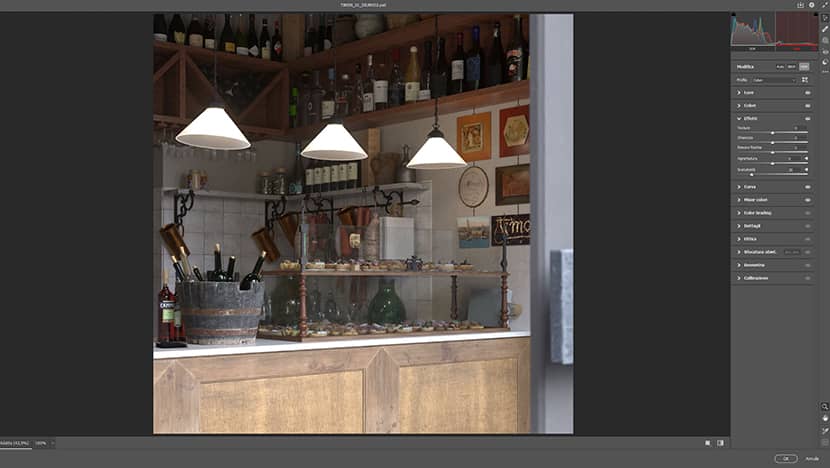
Summary.
That's all! Thanks again to Rebus Farm and VWArtclub for the opportunity. I hope you’ve enjoyed my project walkthrough and found it helpful for future work. I’m available to answer any questions; feel free to connect through the links below:
Kind regards,
Gabriele Simonetta.
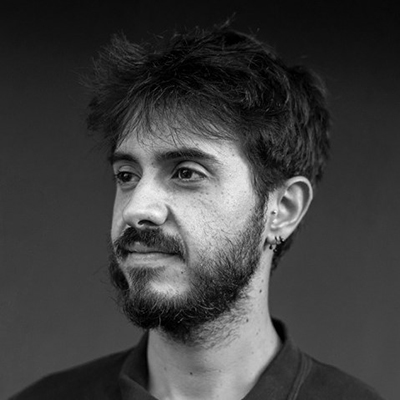
About the artist
Gabriele Simonetta (Soveria Mannelli, 1988) graduated in Architecture at the Polytechnic of Turin and then attended the Master’s in Virtual Architecture (MADI), during which he refined 3D technologies. After completing his master’s degree, he is dedicated to studying and researching 3D technologies, working actively in the architectural and product virtual visualization field.

